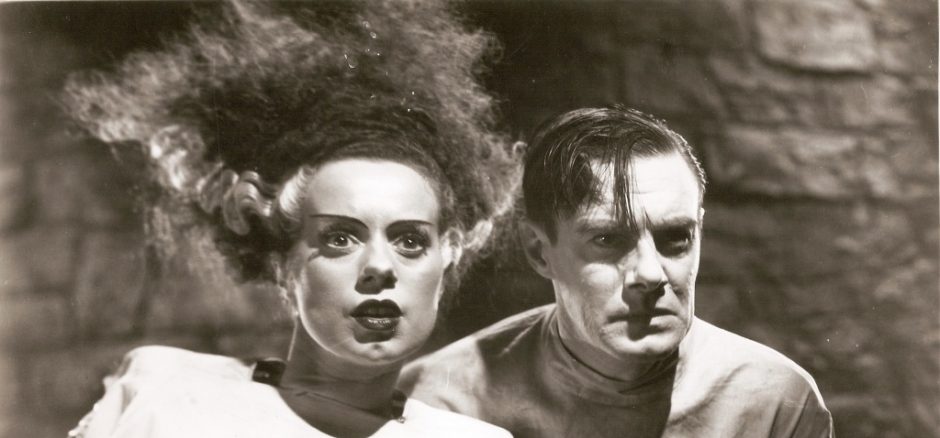
Kiyoshi Kurosawa’s latest horror film represents a major change in at least one respect. Filming in French, with a non-Japanese cast, takes Kurosawa out of his comfort zone, but he demonstrates that his touch with mood and actors remains constant in any language. And in Daguerreotype, Kurosawa avails himself of some of the best talent France has to offer, including Tahar Rahim (A Prophet), Olivier Gourmet (The Son) and Mathieu Amalric (A Christmas Tale, Quantum of Solace). Regrettably, Kurosawa’s latest is somewhat less than the sum of its parts.
Jean (Rahim, so excellent in A Prophet, one of my favorite films of the 2000s) is an aimless man hired on as the photographic assistant to Olivier Gourmet’s Stephane, a classic example of artist as monster. Stephane has rejected a lucrative career in fashion photography in favor of creating life-sized daguerreotypes, arduous exercises in immobile posing during which he does his best to turn women, including his daughter Marie (Constance Rousseau) in living mannequins. Stephane’s stubbornness sets him against Rahim, who seeks a better life with Marie.
Daguerreotype is, at least nominally, a ghost story, a modern gothic in the vein of I Am the Pretty Thing That Lives in the House, or a less frenzied Crimson Peak or Rebecca. Kurosawa doesn’t work at a high pitch, and Daguerreotype plays out with a languid, clinical air. Jean and Stephane – and make no mistake, despite some incongruous scenes showing Constance Rousseau on her own, this film is very much focused on the men – are haunted by their loves, living and dead, but remain so blindly focused on their own obsessions (money, art) that the women in their lives are mere phantasms.
Unfortunately, Daguerreotype’s gauzy atmosphere never quite congeals into something satisfying. The meticulous set-up does not pay off, and Rahim seems confused as to his role – drifting through the film like one of Kurosawa’s disturbing specters. While Kurosawa frequently trafficks in the ambiguous and the unexplained, as in his best films like Kairo and Bright Future, here he seems to lose the thread.
I mentioned earlier this year in my review of Kurosawa’s Creepy (review here) how the filmmaker seemed to be undergoing a bit of a renaissance after a lengthy fallow period. With Creepy, Daguerreotype, and the forthcoming Before We Vanish, Kurosawa has demonstrated that he is still an active force in world cinema – I hope he can now show he still has some masterpieces left in him.
2 out of 4 stars (Average). Daguerreotype is available on VOD beginning on November 7.
